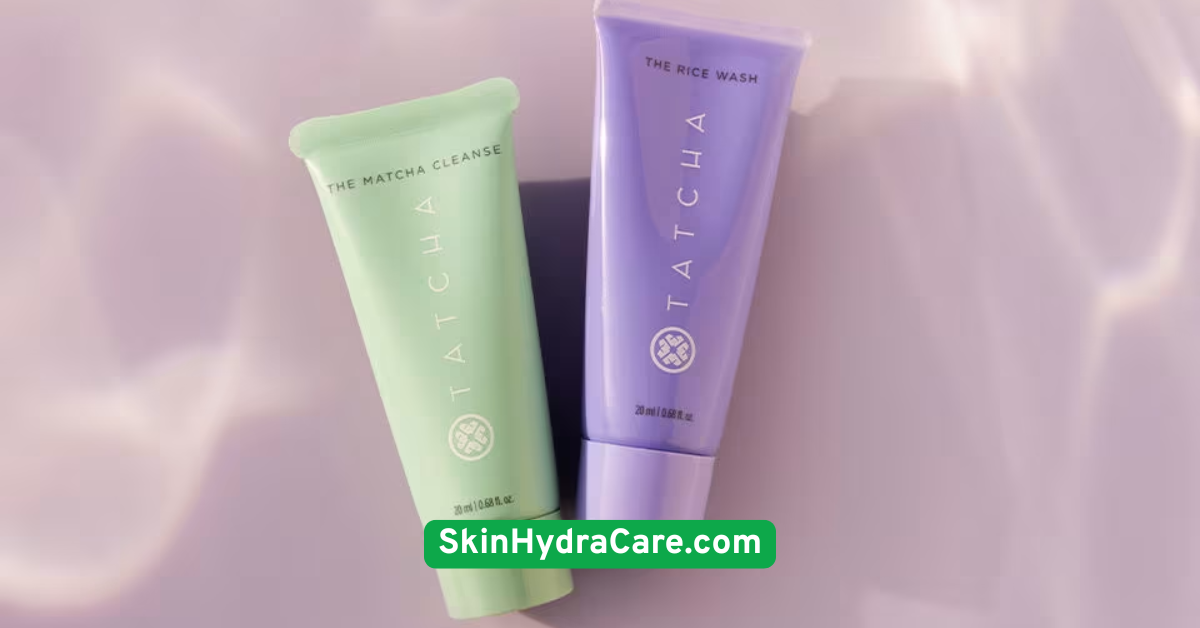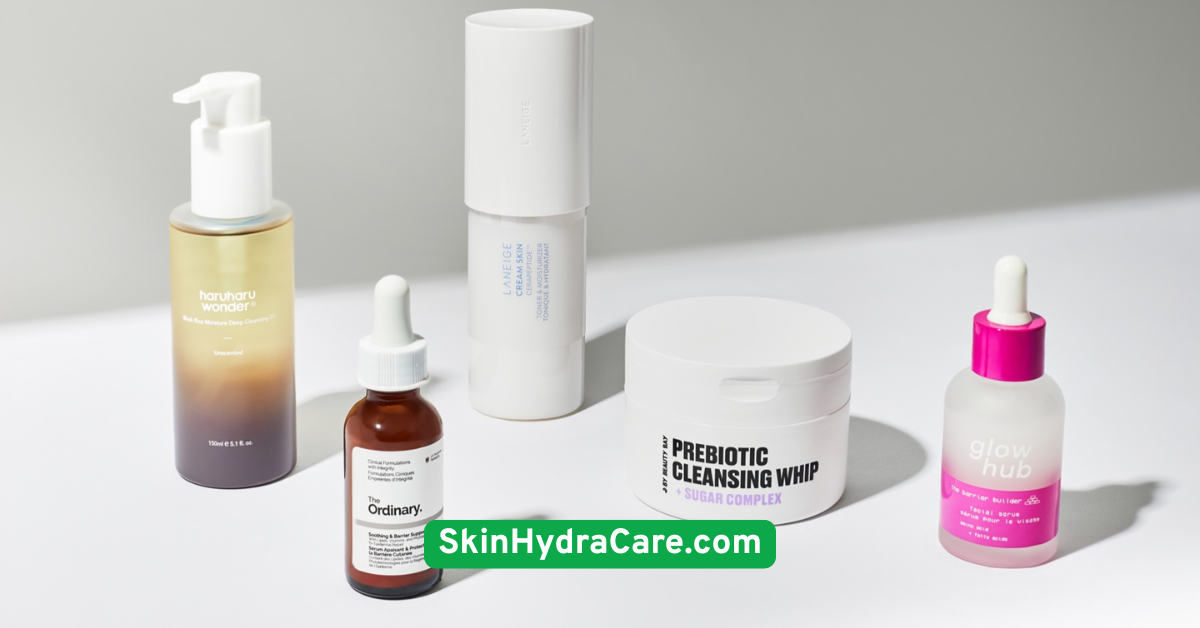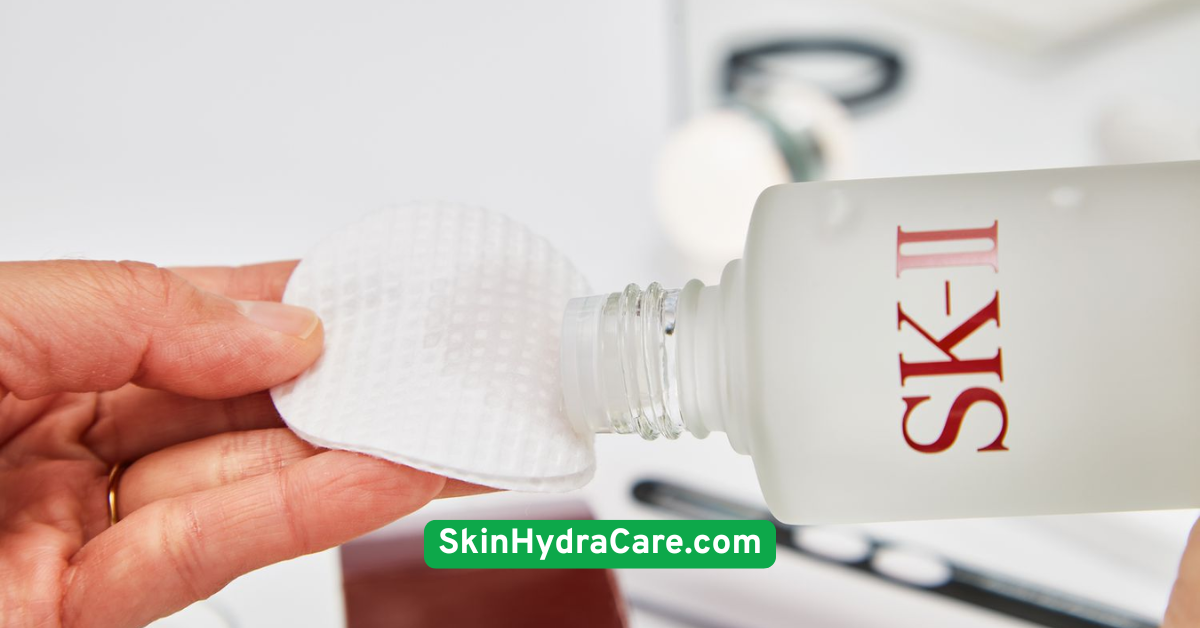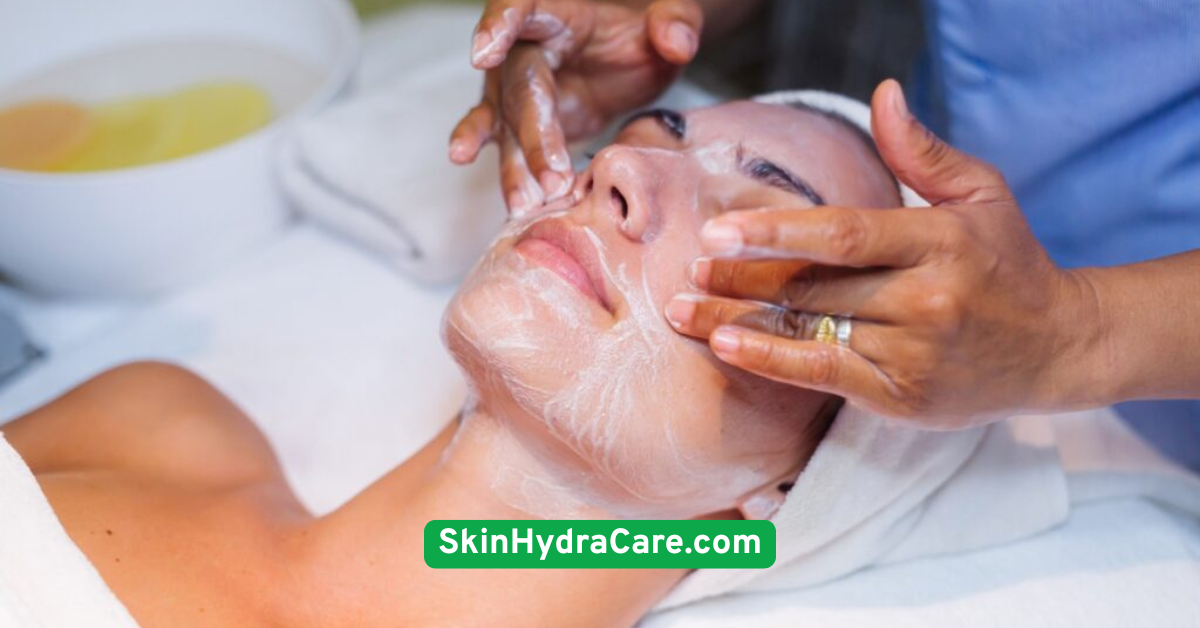30 Nourishing Skincare Tips to Avoid Irritation

1. Use Fragrance-Free Products Only
Fragrance is one of the most common causes of skin irritation—especially for sensitive types. While a lavender-scented cream may smell lovely, it could be a major trigger hiding behind the perfume.Opt for fragrance-free skincare (not just “unscented”) to ensure no artificial ingredients are included. Fragrance-free formulas skip both natural and synthetic fragrances, offering a safer path for skin prone to redness, dryness, or stinging.Look for trusted brands like Vanicream, CeraVe, or La Roche-Posay, which focus on gentle, skin barrier-safe ingredients.

2. Patch Test New Products
Don’t play the guessing game with your skin! A simple patch test can save you from full-face irritation.Apply a small amount of product behind your ear or on your inner arm for 24–48 hours before fully using it. Watch for redness, bumps, or burning. If irritation appears, skip it!This habit is especially important for products with actives like retinol or AHAs, which can be too harsh for delicate skin.

3. Moisturize Immediately After Cleansing
Right after cleansing, your skin is damp—and that’s the perfect time to moisturize. Applying a barrier-repairing moisturizer within 60 seconds helps seal in hydration and prevents transepidermal water loss (TEWL).Creams with ceramides, hyaluronic acid, and squalane are excellent choices. They lock in moisture while strengthening your barrier, reducing your chances of inflammation or dryness.Consistency here matters. Every. Single. Time.

4. Avoid Hot Water on Your Face
Hot water might feel relaxing, but it wreaks havoc on your skin barrier. It strips natural oils, increases dryness, and makes your skin more vulnerable to irritation.Stick to lukewarm or cool water when cleansing or rinsing your face. This simple switch helps retain moisture and keeps your skin happy.Even when it’s freezing out, fight the urge to use hot water!

5. Use a pH-Balanced Cleanser
Your skin’s natural pH is slightly acidic, around 5.5. Using a pH-balanced cleanser helps maintain this delicate equilibrium and supports your skin’s natural defense mechanisms.High-pH soaps or foaming cleansers can disturb this balance, leading to redness, flakiness, or stinging.Choose gentle, sulfate-free options labeled “pH-balanced” to cleanse without compromising your skin barrier.

6. Choose Creams Over Lotions
When your skin’s irritated, creams beat lotions every time. Why? Creams are richer, thicker, and more hydrating. They provide a protective layer and are packed with emollients and occlusives that soothe inflammation.Lotions, on the other hand, tend to contain more water and may not be enough for sensitive or dry skin.Apply a nourishing cream, especially after showering or cleansing, to help prevent water loss and discomfort.

7. Limit Exfoliation to Once or Twice a Week
Exfoliation helps remove dead skin—but overdoing it will do more harm than good. If your skin feels tight, looks red, or is peeling, you may be over-exfoliating.Stick to once or twice a week using gentle exfoliants like lactic acid, polyhydroxy acids (PHAs), or even oat-based scrubs.Avoid harsh physical scrubs with large granules or chemical peels unless approved by a dermatologist.

8. Use Non-Foaming, Sulfate-Free Cleansers
Foamy cleansers may feel squeaky clean, but that squeak often comes from sulfates, which strip the skin and disrupt its protective barrier.Instead, reach for non-foaming cleansers made with ingredients like glycerin or micellar water. These cleanse without over-drying, ideal for delicate or compromised skin.Bonus tip: Use fingertips, not washcloths, to reduce friction.

9. Apply Products in the Right Order
Layering matters! Applying products in the wrong order can cause pilling, ineffective absorption, or even irritation.Stick to this routine:Cleanser → Toner (if using) → Serums → Moisturizer → SPF (AM).At night, skip the SPF and consider adding a calming overnight cream.Always let each layer absorb before moving to the next.

10. Go Minimalist With Ingredients
When it comes to sensitive skin, less is more. Products packed with 20+ ingredients raise the risk of a negative reaction.Stick to minimalist formulations with no more than 8–10 ingredients. Look for labels that say “hypoallergenic” and “dermatologist-tested.”Avoid alcohols, dyes, essential oils, and other potential irritants.

11. Avoid Over-Washing Your Face
Washing too often, especially with active cleansers, can strip the skin and cause irritation or breakouts.Limit cleansing to twice a day at most—and skip your morning cleanse if your skin feels calm. A splash of water or micellar water is often enough.Nighttime is key: wash away the day, dirt, and environmental pollutants gently.

12. Use a Humidifier at Night
If your skin feels dry, tight, or flaky—even with moisturizers—your indoor air could be the culprit. Dry air = dry skin.Add a humidifier to your nighttime routine, especially during winter. Keeping indoor humidity between 40–60% helps your skin retain moisture and reduces irritation.Your sinuses will thank you too!

13. Choose Hypoallergenic Makeup
Your makeup could be working against your skincare. Opt for hypoallergenic, fragrance-free, and non-comedogenic foundations, blushes, and concealers.Avoid waterproof formulas that require harsh removers, which can further irritate skin.Brands like Almay, bareMinerals, and Tower 28 offer excellent sensitive-skin makeup lines.

14. Protect Skin From Harsh Weather
Wind, sun, and cold temps can be brutal on your skin. Always shield your skin with SPF, scarves, or barrier creams when stepping outside.Use richer moisturizers in winter and lightweight, non-comedogenic options in summer.Never underestimate environmental stressors!

15. Don’t Rub—Pat Your Face Dry
Rubbing your face with a towel may seem harmless, but it creates microtears that irritate already-sensitive skin.Always pat your skin dry gently using a soft microfiber or cotton towel. Press lightly until your skin is just damp—perfect for moisturizer application.

16. Apply Soothing Face Masks Weekly
A soothing face mask is like a spa day for your skin. Use ingredients like colloidal oat, chamomile, aloe vera, or honey to calm inflammation.DIY masks made with yogurt, honey, or aloe gel are both budget-friendly and effective.Use once or twice a week, and always follow up with a gentle moisturizer.

17. Keep Hands and Tools Clean
Your skincare is only as clean as your hands and tools. Dirty fingers, brushes, or sponges introduce bacteria and grime—leading to breakouts and irritation.Always wash your hands before touching your face. Clean makeup tools weekly and replace old sponges regularly.

18. Incorporate Barrier-Repair Serums
Support your skin’s recovery with barrier-repairing serums. Look for ingredients like niacinamide, panthenol, ceramides, and madecassoside.These soothe and strengthen, especially after flare-ups, sun exposure, or product overuse.Add to your routine post-cleansing, before moisturizing.

19. Say No to Alcohol-Based Toners
That stingy, drying feeling from toners? Usually alcohol.Skip astringents with denatured alcohol or witch hazel. Instead, go for hydrating, alcohol-free toners with ingredients like rosewater, glycerin, or beta-glucan.Your skin will feel balanced—not tight.

20. Watch Out for Essential Oils
“Natural” doesn’t always mean gentle. Essential oils like tea tree, citrus, peppermint, and lavender can be harsh on sensitive skin.Avoid them unless professionally formulated in small concentrations. If in doubt—leave them out.

21. Use Sunscreen Daily—Yes, Even Indoors
UV rays can trigger inflammation, dark spots, and even rosacea. Mineral-based SPF 30+ sunscreens with zinc oxide or titanium dioxide are best for sensitive skin.And yes—you need SPF indoors, especially near windows or with device exposure.

22. Avoid Overactive Ingredients
Strong actives like retinol, AHAs, or benzoyl peroxide can cause redness, peeling, and irritation if used too often.Start slow or try gentler alternatives like bakuchiol (a plant-based retinol) or azelaic acid, which also fights acne and pigmentation.

23. Hydrate From the Inside Out
Skin health starts internally. Drink enough water, but also eat skin-loving foods like cucumbers, fatty fish, chia seeds, and avocados.Omega-3s and antioxidants support skin barrier function and reduce inflammation from within.

24. Store Products Away From Heat and Light
Did you know your serum might go bad just from sitting on the windowsill?Heat, humidity, and light break down active ingredients like vitamin C or retinol. Store your skincare in a cool, dry place, and check expiration dates.

25. Take Breaks From Active Ingredients
Sometimes, your skin just needs a breather. Practice “skin cycling” or take a few nights off from all actives to allow your barrier to reset.Look for calming moisturizers and barrier creams during your off nights.

26. Listen to Your Skin’s Signals
Tightness, redness, burning, bumps—these are your skin’s SOS signals.Instead of pushing through discomfort, adjust your routine immediately. Keep a skincare journal to track what works and what doesn’t.

27. Use Soothing Ingredients Like Aloe and Oat
When in doubt, go classic. Aloe vera, colloidal oatmeal, calendula, and chamomile are tried-and-true calming agents.They reduce itching, redness, and heat—perfect during flare-ups or post-exfoliation.

28. Never Skip Moisturizer After Treatment Products
Treatment serums often dry or irritate your skin. Moisturizing afterward seals in hydration and protects the skin barrier.Choose a non-comedogenic, fragrance-free cream to lock everything in safely.

29. Opt for Non-Comedogenic Products
Avoiding breakouts while keeping your skin calm? Stick with non-comedogenic skincare.These products won’t clog pores and are ideal for acne-prone but sensitive complexions.Check labels and research ingredients like isopropyl myristate or coconut oil—common culprits in breakouts.

30. Prioritize Consistency Over Complexity
You don’t need 15 products—just a few that truly work. Focus on consistent use of calming, nourishing products over chasing trendy ingredients or aggressive routines.Your skin thrives with care—not chaos.






